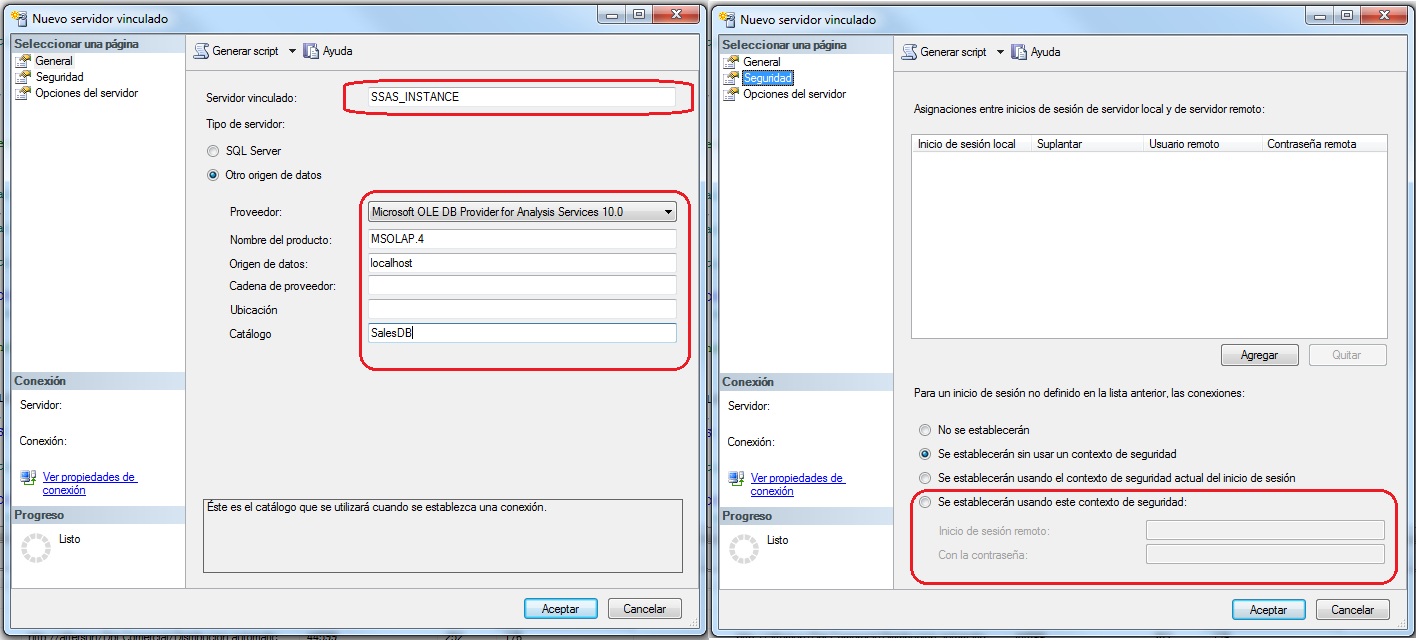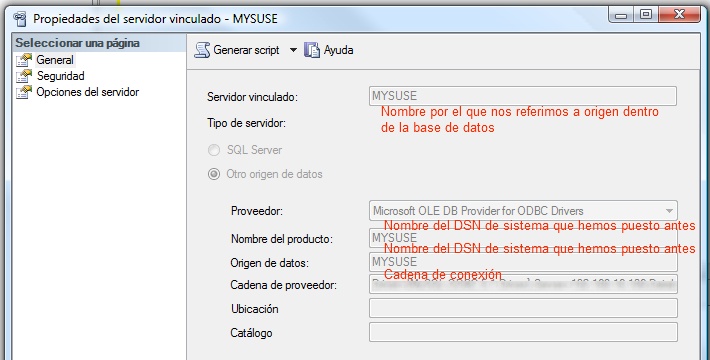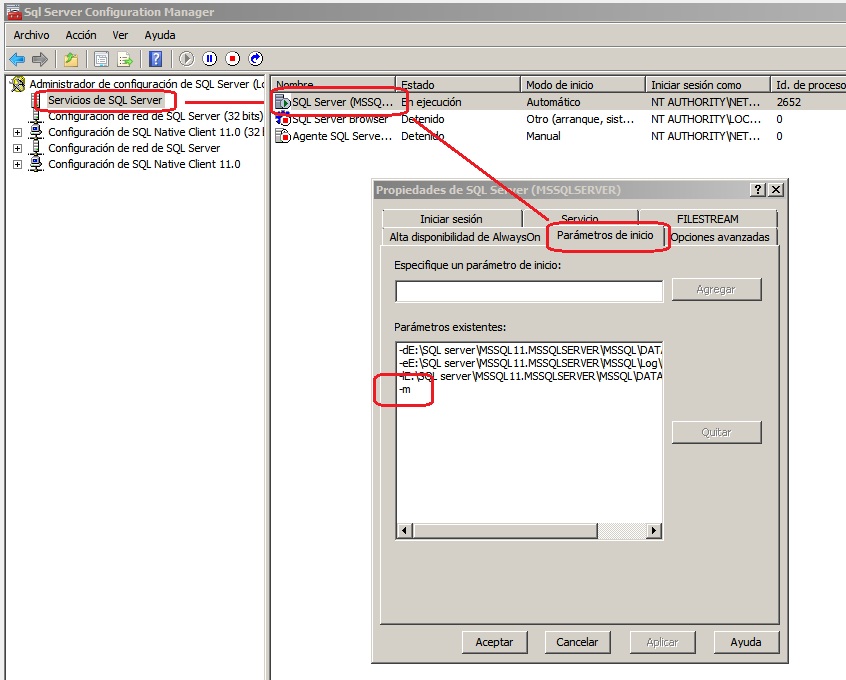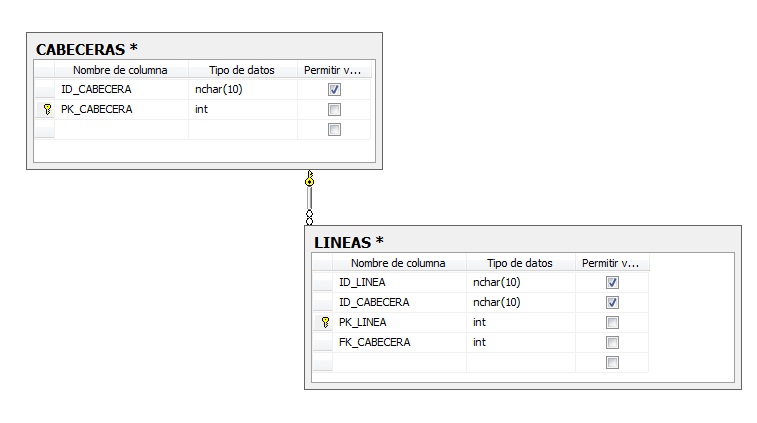Best Practices for Your Data Loss Prevention Policy

Data Loss Prevention (DLP) is the practice of implementing policies and tools for the purpose of protecting business information against data exfiltration, data breaches, and data corruption. A DLP policy defines the process, while a DLP solution implements some or all aspects of the policy..


 Cloud computing is the new normal. Every time you are using a service or an application through an internet connection, you are using the cloud. Since most companies nowadays have part or all their databases hosted on the cloud, you ask how is the best way to do it. Migrating your database to the cloud can help you manage your workload by making your data available and easily scalable. Read on to learn about database cloud migration and tips to do it right..
Cloud computing is the new normal. Every time you are using a service or an application through an internet connection, you are using the cloud. Since most companies nowadays have part or all their databases hosted on the cloud, you ask how is the best way to do it. Migrating your database to the cloud can help you manage your workload by making your data available and easily scalable. Read on to learn about database cloud migration and tips to do it right..  Imagine you need a report with data from an OLAP sales cube, and have to include data from a table of the relational data source, or from an external database.
Imagine you need a report with data from an OLAP sales cube, and have to include data from a table of the relational data source, or from an external database. We could need to access to MySQL from SQL Server.
We could need to access to MySQL from SQL Server.
 With SQL Server, when we forget or we lose the password of the DBA user 'sa', and we are the administrators of the database, we have a little problem.
With SQL Server, when we forget or we lose the password of the DBA user 'sa', and we are the administrators of the database, we have a little problem. If you have to change the type of a key column on SQL Server, and the new column type has to be integer, and even identity, you can do it by using some criteria in order to get the rows ordered (PK= index clustered= order by in physical disk by this column)..
If you have to change the type of a key column on SQL Server, and the new column type has to be integer, and even identity, you can do it by using some criteria in order to get the rows ordered (PK= index clustered= order by in physical disk by this column).. The operator to concatenate in SQL Server is '+', but this operator is also used to add values.
The operator to concatenate in SQL Server is '+', but this operator is also used to add values.